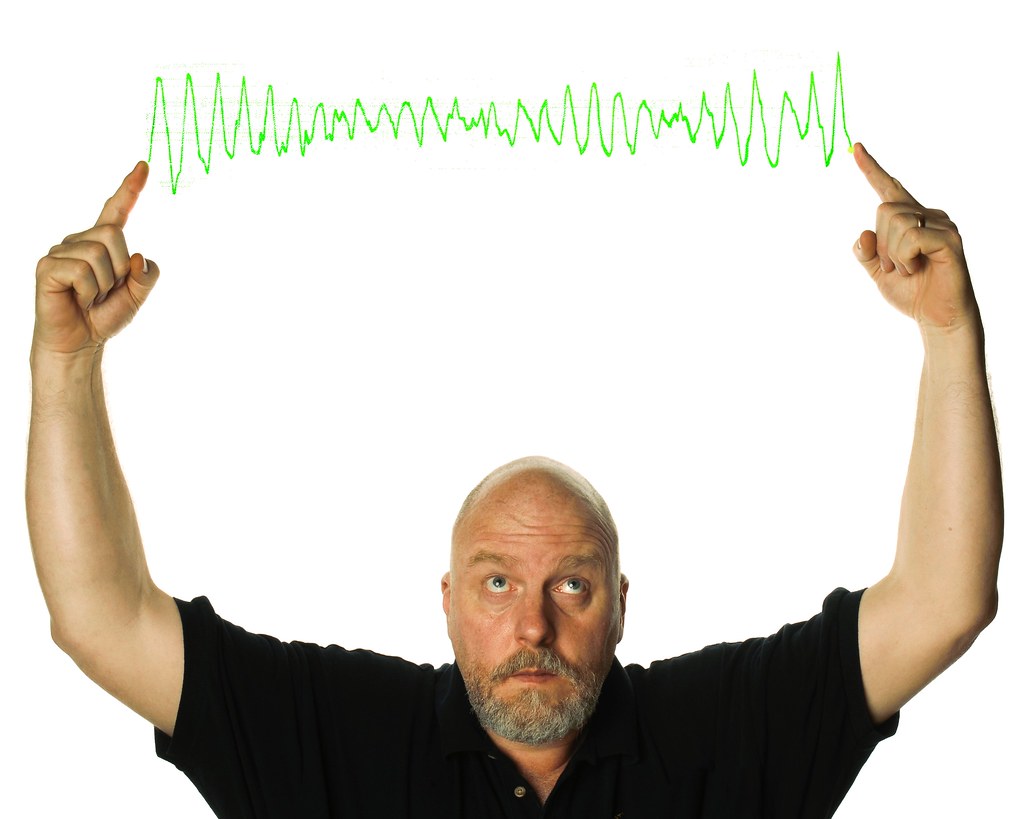
Torsades de Pointes is very serious conditions that require immediate attention
They affect a large number of people in the United States every year and can range from being mild to life-threatening if not treated.
Torsades may be caused by congenital short-turner syndrome or acquired short-turner syndrome (also known as familial short-turner syndrome). The majority of cases of acquired short-turner syndrome result from inherited short-turner syndrome, which is discussed in this chapter. The condition is usually diagnosed during a routine doctor's visit, when a family history of the disease is discovered. If symptoms of acquired short-turner syndrome are not present, the trade may be diagnosed upon the onset of other symptoms.
The most common signs and symptoms of trade include: leg weakness, decreased muscle strength, pain in the lower back, and severe pain in the upper arm. A family history of these symptoms, which are typically more common in males than in females, suggests a probable diagnosis.
When the condition is acquired, torsades may occur due to genetic conditions, such as Klinefelter syndrome. In this case, the tingling sensation in the hands and numbness in the toes can be the first sign of the disease.
Acquired trade can occur due to medications, such as aspirin, or due to the side effects of certain medications, including chemotherapy, radiation therapy, and anesthesia. Corticosteroids are commonly prescribed for the treatment of acne because they can reduce inflammation and shrink red blood cells. Patients taking corticosteroids and other medications may have an increased risk of developing acquired torsade.
Congenital trade is caused by an inherited abnormality in the long-turner syndrome gene. People who have one copy of the long-turner syndrome gene have an increased risk of acquiring acquired torsade as they age.
Children who suffer from long-turner syndrome can also be diagnosed with acquired short-turner syndrome. Long-turner syndrome usually occurs due to an abnormality in the enzyme tyrosine hydroxylase (THP), which breaks down tyrosine into 6-carbon amino acids.
Short-turner syndrome can cause severe shortness of breath and difficulty swallowing.
It can also lead to kidney failure and shock
Because long-turner syndrome results from an abnormal part of the gene, it cannot be passed on to affected persons through any type of transmitted disease. However, acquired short-turner syndrome can occur due to other causes, such as a blockage in the coronary artery.
Acquired short-turner syndrome may also occur due to a tumor in the lung or on the heart. In this case, torsades may develop suddenly, without any of the classic signs or symptoms.
Acquired torsades de pointes can be diagnosed using a variety of techniques, depending on the location and severity of the symptoms. In a hospital-based setting, doctors can use X-rays, CT scans, or MRI's to detect abnormalities in the body's structures.
In order to evaluate the extent of the damage to the affected area, doctors may also perform procedures such as Magnetic Resonance Imaging (MRI) and Magnetic Resonance Spectroscopy (MRS). If the patient requires surgery, he or she will be placed in a minimally-invasive surgical procedure to remove the tumor. The patient will be able to recover fully, although the procedure will leave a scar on the affected area.
Other imaging techniques may include imaging the abdominal wall and lining of the lung for tumor markers and blood vessels, or CT scans for tumors and blood vessels that may show up on X-rays. An abdominal hydrometer or catheter-based examination may be used for measuring the amount of fluid in the abdomen.
In order to determine whether a person has acquired torsades, imaging studies can be performed to confirm whether he or she has acquired the condition, to evaluate the extent of damage to the internal structures in the body, and the status of the liver, kidneys, and kidney tissue. After the analysis is complete, doctors can decide whether further treatment is needed or if the condition can be treated at home.